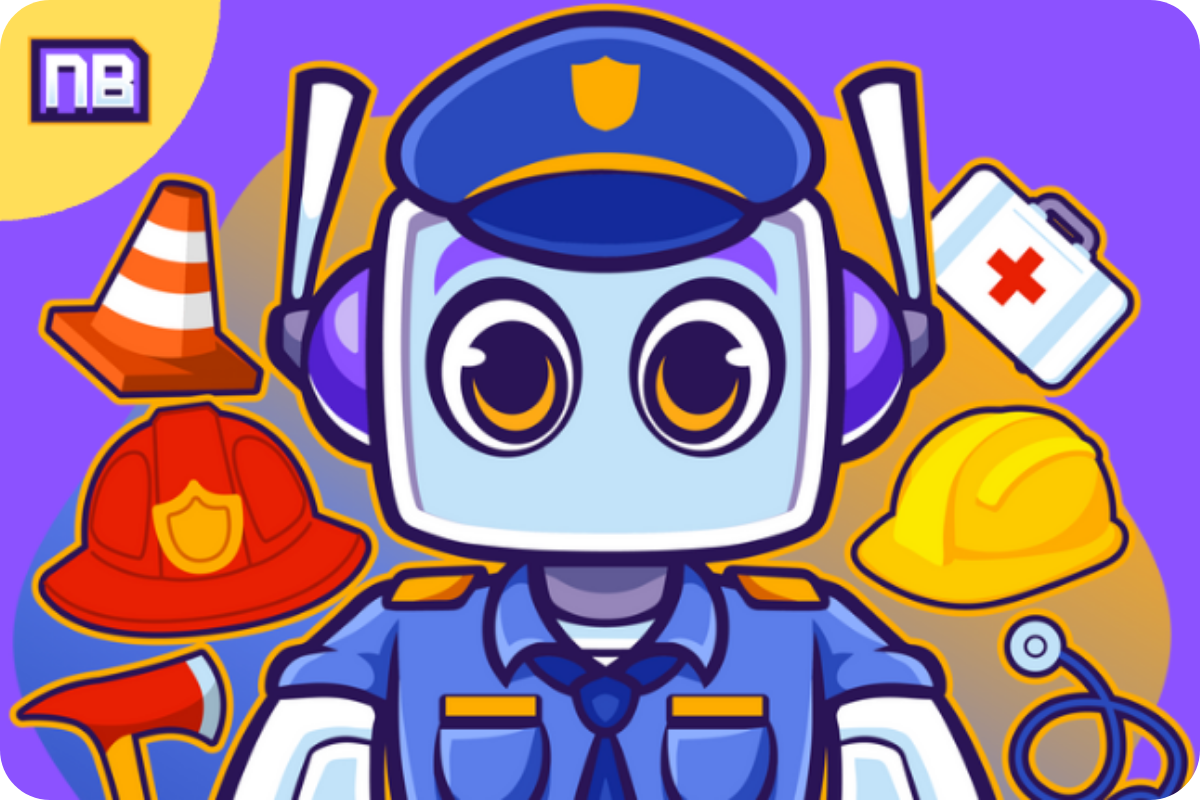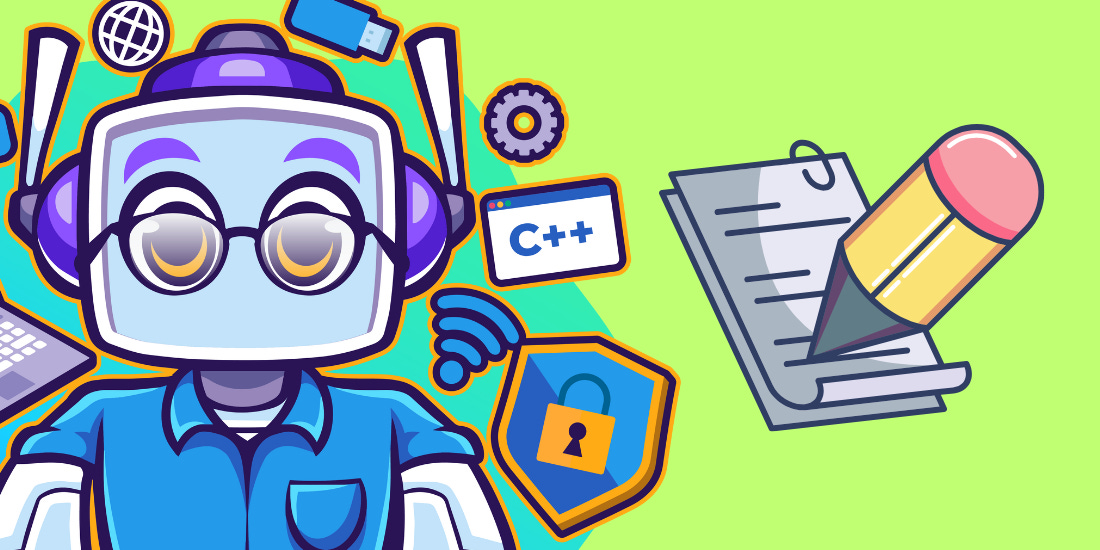How ChatGPT Works
A Look into the Mechanics of Response Generation
Welcome to Level Up!
ChatGPT has captivated the world with its remarkable ability to engage in human-like conversations, generate creative text formats, and answer questions with impressive accuracy.
But have you ever paused to consider the intricate processes that unfold behind the scenes when you interact with this advanced language model?
This article takes you behind the scenes of ChatGPT, providing a comprehensive overview of how it functions, from the moment you enter a prompt to the moment you receive a response.
Short on time? 🕖 - I have provided a TL;DR section at the end of this post.
What’s Inside …
Hardware and Infrastructure: The Foundation of ChatGPT
Training the Language Model: Building the Brain
Processing a User Prompt: Understanding Your Request
Generating a Response: Crafting the Answer
Latency and Throughput: Measuring Performance
Ongoing Research and Development: Striving for Improvement
Conclusion
Hardware and Infrastructure: The Foundation of ChatGPT
ChatGPT runs on super-powerful computer chips called GPUs (Graphics Processing Units) that help it think really fast.
It started using Nvidia V100 GPUs, but now it uses Nvidia A100 GPUs, which are even faster and smarter.
Because so many people use ChatGPT at the same time, it shares the work across many computers so it doesn’t slow down.
Fast internet connections help these computers talk to each other quickly.
Special helper chips, like DPUs (Data Processing Unit) and FPGAs (A field programmable gate array), take care of extra tasks so the main chips can focus on thinking.
ChatGPT uses a lot of electricity — to save energy, companies use better computer parts, cooling systems, and faster storage.
Edge computing brings ChatGPT’s brain closer to people, making it answer faster, like having a mini ChatGPT in different places.
Training the Language Model: Building the Brain
ChatGPT is like a brain that needs training before it can answer your questions. It learns by reading lots and lots of text—kind of like how you learn new words by reading books or listening to people talk.
The Training Happens in 3 Main Steps
Learning the Basics (Pretraining)
ChatGPT reads tons of text and tries to guess missing words in sentences.
This is like when you hear a familiar song and can predict the next words.
It helps the model understand how words fit together.
Getting Help from Teachers (Fine-tuning)
After learning general language rules, ChatGPT gets special training for specific tasks.
Humans give it correct answers so it knows how to respond properly.
This is like having a teacher correct your homework to help you improve.
Learning from Feedback (Reinforcement Learning)
People judge ChatGPT’s answers and say which ones are better.
The model learns from these scores and adjusts to give better answers.
Think of it like a talent show where judges pick the best performance, and the winner learns what makes a great show.
Processing a User Prompt: Understanding Your Request
Breaking the Sentence into Pieces (Tokenization)
When you type something, ChatGPT first splits your words into tiny pieces called "tokens" (like cutting a sandwich into small bites).
Each token gets a special number so the computer can understand it.
There’s a limit to how many tokens ChatGPT can handle at once, so if a message is too long, it might get cut off.
Understanding the Meaning (Embedding)
After breaking the sentence into tokens, ChatGPT changes them into "smart number lists" called embeddings.
These numbers help the computer understand what words mean and how they relate to each other.
Some words that mean similar things (like "happy" and "joyful") will have similar embeddings.
Reading and Thinking (Encoding & Transformers)
ChatGPT has a special brain part called a "transformer" that reads these embeddings.
This brain has an encoder (which understands what you said) and a decoder (which figures out what to say back to you).
ChatGPT has a memory limit, so if a conversation is too long, it might forget earlier parts.
Paying Attention to Important Parts (Attention Mechanisms)
ChatGPT doesn’t read words one by one; instead, it looks at many parts of a sentence at the same time to decide what’s important.
It uses "multi-head attention," which is like having multiple spotlights shining on different words to pick out the most important ones.
The system balances between looking at everything (dense attention) and focusing only on a few important parts (sparse attention) to be fast and smart at the same time.
Generating a Response: Crafting the Answer
Step 1: Figuring Out the Next Word
ChatGPT guesses the next word based on what has already been said.
It looks at all possible words and picks the one that makes the most sense.
It keeps doing this until the response is complete.
Step 2: Exploring Different Options
Instead of just picking the best word every time, ChatGPT tries out different possibilities.
It’s like looking at different paths in a maze to find the best one.
This helps the response sound smoother and make more sense.
Step 3: Adding Creativity (Sampling Techniques)
Sometimes, being too predictable is boring, so ChatGPT mixes things up a little!
There are different ways to make responses more interesting:
Temperature: A “fun” dial—higher settings make responses more random and creative, lower settings make them more focused.
Top-k Sampling: Only picks from the top k best words, instead of considering everything.
Top-p Sampling: Picks words based on a smart cut-off, so responses stay on track but aren’t too boring.
Step 4: Turning Computer Code into Human Words
After picking the words, ChatGPT translates them into proper sentences.
This makes the response easy to read and understand.
Latency and Throughput: Measuring Performance
What are Latency and Throughput?
They help measure how fast and efficient ChatGPT is.
Latency is about how quickly ChatGPT responds.
Throughput is about how many questions ChatGPT can handle at once.
Latency (How Fast It Responds)
Latency means the time it takes for ChatGPT to read a question, think, and reply.
Things that can slow it down:
If the question is really complicated.
If too many people are using it at the same time.
If the internet is slow.
How to Make Responses Faster?
Keep responses short.
Ask shorter questions.
Combine multiple questions into one message instead of sending them separately.
How Do We Measure Response Speed?
We can count how long it takes to generate each word.
We can measure the total wait time from question to answer.
We can run tests to compare response speeds in different situations.
Throughput (How Many Questions It Can Handle at Once)
This is about how many people ChatGPT can help at the same time.
If throughput is high, many people can use it without delays.
Why Are There Limits on How Many Questions You Can Ask?
OpenAI puts limits so that the system doesn’t get too crowded.
Free users and paid users have different limits.
Ongoing Research and Development: Striving for Improvement
Making ChatGPT Fair
Sometimes, ChatGPT might say things that are unfair or biased because of the information it has learned. Scientists are trying to fix this so it treats everyone fairly.
Fixing Mistakes
ChatGPT doesn’t always get facts right. Researchers are finding ways to make it give more accurate answers by checking and updating its knowledge.
Fake Numbers Issue: Sometimes, ChatGPT makes up numbers or facts. Scientists want to stop this so it doesn’t share wrong information.
Echo Chamber Problem: If ChatGPT keeps checking its own answers, it might repeat the same mistakes. People need to double-check information to avoid spreading errors.
Testing How Smart It Is
There’s a special test (MMLU Benchmark) to check how well ChatGPT understands different topics. This helps OpenAI see how good ChatGPT is at answering questions.
Making ChatGPT Even Smarter
OpenAI is finding new ways to improve ChatGPT so it can give better answers and sound more natural.
"Reflexion" Technique: This is like ChatGPT learning from its own mistakes. It looks back at its answers, finds errors, and tries to fix them to improve over time.
Conclusion
ChatGPT is a complex and sophisticated language model that involves a multitude of processes and technologies. From the initial training phase to the final response generation, every step is carefully designed to ensure that ChatGPT can engage in human-like conversations and generate high-quality text. The underlying hardware and infrastructure, the training process, and the various techniques employed for processing user prompts and generating responses all contribute to the remarkable capabilities of this AI model.
ChatGPT has already had a significant impact on various fields, including education, customer service, and content creation. However, it's important to acknowledge the ethical considerations and the ongoing challenges of addressing bias and ensuring factual accuracy. As research and development continue, we can expect even more impressive advancements in ChatGPT's capabilities, further blurring the lines between human and artificial intelligence. The future of conversational AI is promising, and ChatGPT is undoubtedly at the forefront of this exciting frontier.
TL;DR
ChatGPT operates on powerful infrastructure combining GPUs and distributed computing with sophisticated software to process and generate text.
The training process involves three key stages:
Pretraining: Learning fundamental language patterns and structures from vast amounts of text
Fine-tuning: Specializing in specific tasks and applications
RLHF (Reinforcement Learning from Human Feedback): Aligning outputs with human preferences
The input processing workflow includes:
Breaking down user prompts into manageable pieces
Capturing the semantic meaning of the input
Processing through a transformer model with attention mechanisms
Predicting words, exploring possibilities through beam search, and adding variety through sampling
System performance is measured by:
Speed (latency): How quickly responses are generated
Capacity (throughput): How many simultaneous requests can be handled
Active research areas focus on:
Reducing bias in model outputs
Improving accuracy of responses
Enhancing capabilities across different tasks
The simplified process consists of:
You ask a question
System breaks your question into pieces and converts it into numbers
It looks at everything it has learned and predicts the best answer word by word
The response is converted back to readable text
Take your AI education further with these posts…
















